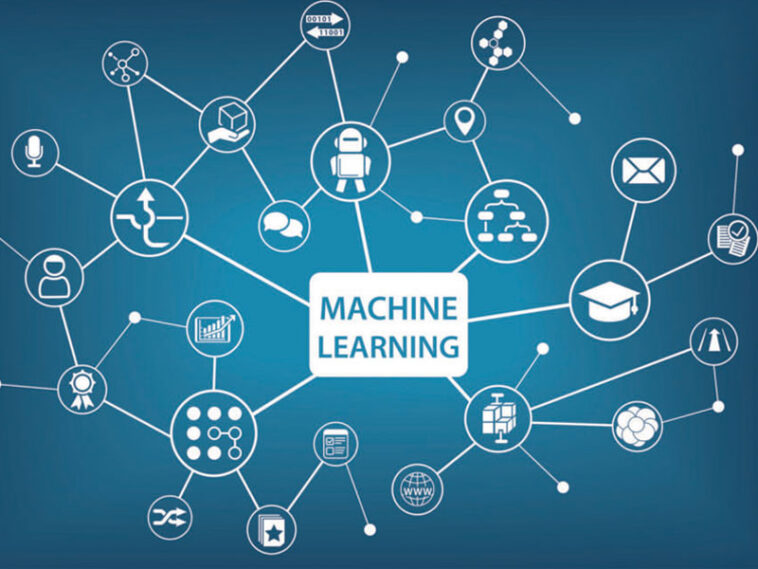Machine learning has become a buzzword in today’s tech-driven world. But what is it exactly, and how does it work? More importantly, what are the different types of machine learning? In this article, we’ll explore these questions in simple, easy-to-understand terms. By the end, you’ll have a clear picture of the various types of machine learning and their applications.
What is Machine Learning?
Machine learning is a branch of artificial intelligence (AI) that enables computers to learn from data and make decisions without being explicitly programmed. Think of it like teaching a child to ride a bike. You give them a few instructions, let them practice, and eventually, they learn from their experiences. Similarly, machine learning involves feeding data into an algorithm, which then learns to make predictions or decisions based on that data.
The Importance of Machine Learning
Why is machine learning so important? For starters, it powers many of the technologies we use every day. From recommending movies on Netflix to predicting traffic on Google Maps, machine learning is behind the scenes making our lives easier and more efficient. It’s also revolutionizing industries like healthcare, finance, and transportation, providing insights and automation that were previously unimaginable.
Types of Machine Learning
Machine learning can be broadly categorized into several types based on the learning approach and the type of data they handle. The main types are:
- Supervised Learning
- Unsupervised Learning
- Reinforcement Learning
- Semi-Supervised Learning
- Self-Supervised Learning
Let’s dive into each of these types to understand them better.
Supervised Learning
Supervised learning is like having a teacher guide you through a lesson. In this type of machine learning, the algorithm is trained on labeled data. This means each input comes with an associated output. The goal is for the model to learn the relationship between the inputs and outputs so it can predict the output for new inputs.
How It Works
Imagine you’re teaching a computer to recognize cats in photos. You provide it with a bunch of images labeled “cat” or “not cat.” The algorithm analyzes these examples and learns to identify the features that distinguish a cat. Once trained, it can predict whether new, unlabeled images contain cats.
Examples
- Spam Detection: Emails labeled as “spam” or “not spam.”
- Medical Diagnosis: Patient data labeled with diseases.
Unsupervised Learning
Unsupervised learning is like exploring a new city without a map. The algorithm is given data without any labels and must find patterns and relationships on its own.
How It Works
Let’s say you have a dataset of customer data but no labels. The algorithm will analyze the data to find clusters or groups of similar customers. This can help in market segmentation, where customers are grouped based on their behavior or preferences.
Read More : WHAT IS THE FUTURE OF MACHINE LEARNING IN 2023?
Examples
- Customer Segmentation: Grouping customers based on purchasing behavior.
- Anomaly Detection: Identifying unusual transactions that could indicate fraud.
Reinforcement Learning
Reinforcement learning is like training a dog with treats. The algorithm learns by interacting with its environment and receiving rewards or penalties based on its actions. Over time, it learns to maximize its rewards.
How It Works
Imagine you’re training a robot to navigate a maze. The robot receives a reward for reaching the end and a penalty for hitting walls. By trial and error, it learns the best path through the maze.
Examples
- Game Playing: Algorithms that can play and win games like chess or Go.
- Robotics: Robots learning to perform tasks such as walking or picking up objects
Semi-Supervised Learning
Semi-supervised learning is a mix between supervised and unsupervised learning. It uses a small amount of labeled data and a large amount of unlabeled data. This approach can be useful when labeling data is expensive or time-consuming.
How It Works
Think of it as a student who has a few textbooks (labeled data) but also reads a lot of additional material (unlabeled data) to enhance their understanding. The algorithm leverages the small labeled dataset to guide its learning from the larger unlabeled dataset.
Examples
- Speech Recognition: Using a few transcribed recordings and many hours of untranscribed audio.
- Text Classification: Classifying documents with a few labeled examples.
-
Self-Supervised Learning
Self-supervised learning is a newer approach where the algorithm generates its own labels from the data. It’s particularly useful in scenarios where acquiring labeled data is challenging.
How It Works
The algorithm might predict a part of the data based on other parts. For example, in natural language processing, a model might predict missing words in a sentence, learning language structure and context in the process.
Examples
- Language Models: Algorithms like GPT-3 that generate human-like text.
- Computer Vision: Predicting the rotation of an image or missing parts of it.
Conclusion
Machine learning is a powerful technology that’s transforming various aspects of our lives. By understanding the different types of machine learning, we can better appreciate how it works and its potential applications. From supervised to self-supervised learning, each type offers unique benefits and challenges, shaping the future of AI in exciting ways.
This post was created with our nice and easy submission form. Create your post!





